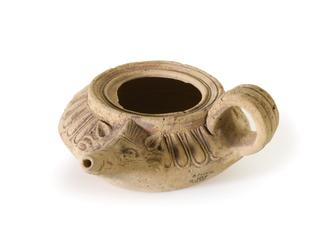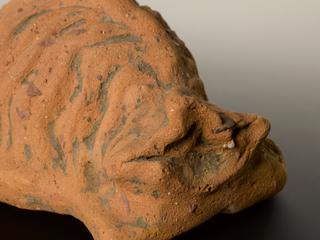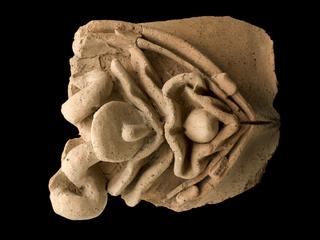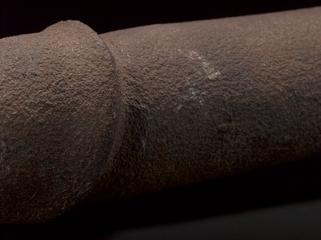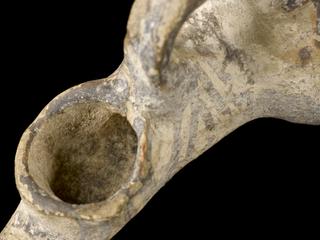




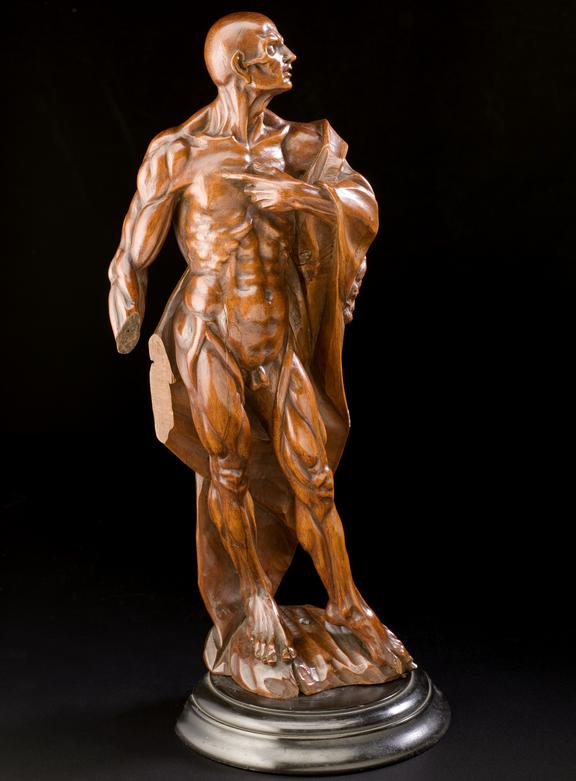

Painted wooden statue of Saint Bartholomew, Italian?, 1501-1700
St Bartholomew was martyred by being flayed (skinned) alive in Armenia after bringing Christianity to the country in the first century CE. The saint is often depicted with his skin hung across his back or over his arm and with the muscles of the body visible.
Due to the way he was martyred, St Bartholomew is the patron saint of tanners. This example has been carved from wooden and painted. Many Catholics believe that saints can protect against ill health and may help cure specific diseases.
Details
- Category:
- Classical & Medieval Medicine
- Collection:
- Sir Henry Wellcome's Museum Collection
- Object Number:
- A78817
- Materials:
- wood
- Measurements:
-
overall: 485 mm x 230 mm x 195 mm, 2.22kg
- type:
- statue
